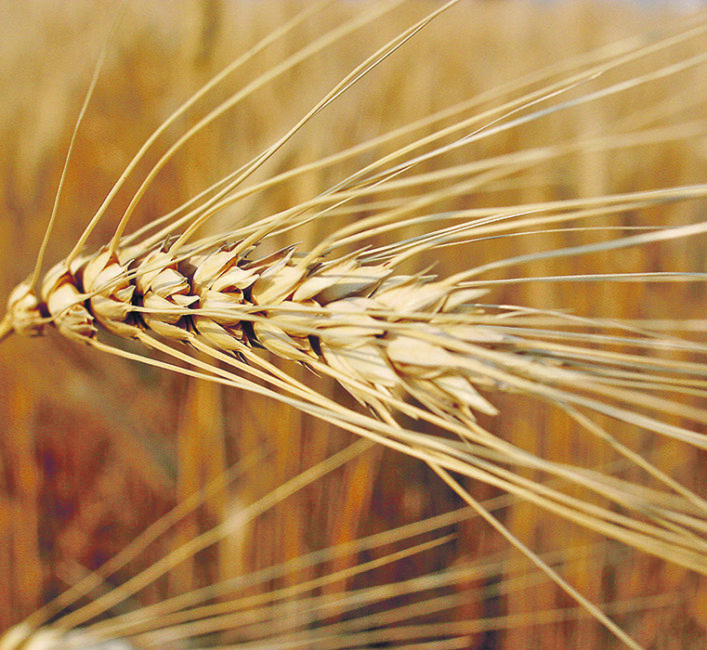Ag export surge not caused by COVID: study

China’s rebuilding of its pig herd and India’s relaxation of lentil import tariffs get credit for last year’s boom in sales
Canada’s crop, meat and other agricultural exports boomed in the first year of COVID-19.
But rather than being a product of the pandemic, that surge in sales came despite the disruptions of the disease, a new analysis concludes.
“Three commodity groups dominated Canada’s agricultural trade performance in 2020, and all appear to be due in large part to specific circumstances related to that commodity group, not due directly to the pandemic,” writes Richard Barichello of the University of British Columbia.
Those circumstances include China’s rebuilding of its pig herd and India’s relaxation of lentil import tariffs.
“They also should be seen in light of trade volumes at the bilateral and commodity levels typically being quite volatile due to the usual agricultural production factors of weather, pests and diseases,” Barichello writes in the Canadian Journal of Agricultural Economics.
“These factors rise whether or not there is a pandemic.”
Like most of the world, Canada’s overall export trade fell during the pandemic’s first year. But even though agricultural trade fell in the first weeks of the virus onslaught, it quickly rebounded.
While Canada’s non-ag trade fell about 15 percent, ag trade increased about a similar amount.
It was not uniform growth among ag and food sectors, however, which reveals the unique market factors that drove the export gains, Barichello argues.
Wheat sales to China and Peru surged; durum sales to Italy and Morocco surged; Barley surged to China and Japan; oat sales surged to the United States, Chile and Mexico.
Oilseed sales to China and the U.S. boomed, and China’s imports of Canadian barley shot higher.
Lentil sales climbed, as did meat and live animal sales.
All of those situations are unique and the product of mostly non-COVID dynamics.
Some of export statistics look more impressive due to sharply higher prices being included, but “trade volume increased by almost as much as trade value.”
Barichello says the divergent increases between the various commodities reveal the underlying supply and demand factors that drove the increases.
India’s chopping of the lentil tariff from 30 percent to 10 percent led to a big increase in sales, while chickpeas saw no such surge.
China’s aggressive attempt to rebuild its hog herd led to booming import demand for feedgrains, which boosted a number of Canadian crops.
Specific demands for specific crops elsewhere drove results in those commodities.
The general rise in sales was also influenced by the global reality of increased agricultural trade.
“Global agricultural trade appears to have actually grown for the calendar year at roughly three percent, well above — possibly 15 percentage points above — anyone’s prediction,” writes Barichello.
“This was true as well for U.S. agricultural trade, which grew by six percent, but even more so for Canada, where its agricultural trade grew by a remarkable 11-15 (percent).”
Rather than crediting the pandemic for driving this increase in agricultural trade, Barichello credits governments’ commitment to keeping borders open for preserving the global marketplace, which allowed trade to increase when demand appeared for non-pandemic reasons.
“Canada’s agricultural export boom was not predicted, but nor was it closely related to the pandemic,” concludes Barichello.
“It was due to commodity market-specific effects in the small number of commodities where Canada was already a very large exporter.”
Source: www.producer.com

